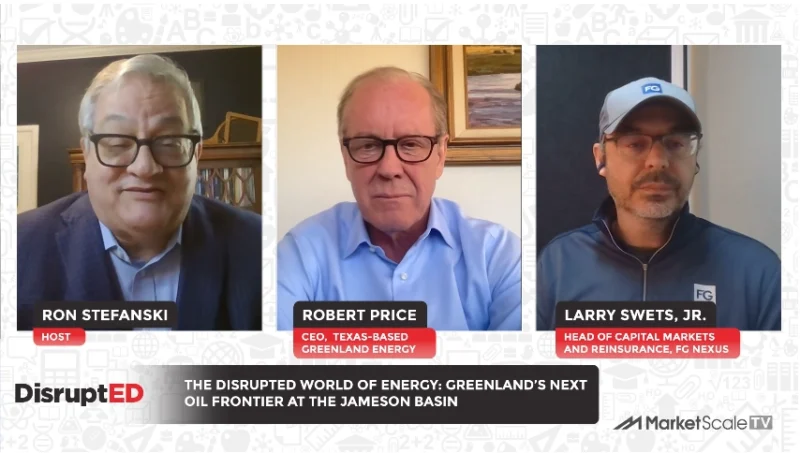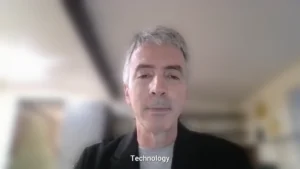Could New Technology Pioneer an Entirely New Era of Seawater Mining?
The Energy Exchange explores the complex and critical intersection of energy, money and technology. Experts will use their insights and forecasts to outline what energy is available to us, the costs associated with that energy production and its use, and the technological innovations changing the way we utilize Earth’s resources to power our way of life.
Zhiping Lai and Zhen Li of KAUST University are opening doors to a potential new era of seawater mining.
Lithium and other resources naturally found in our planet have become cornerstones of modern society. For example, consider how many devices you use on a daily basis might become useless hunks of metal or plastic without lithium batteries to power them.
However, that also means we’re putting increased strain on our shared environment in our attempt to meet the demand for these key resources.
Still, there’s hope – and Zhiping Lai and Zhen Li of KAUST University are opening doors to a potential new era of seawater mining.
That’s because seawater contains trace amounts of valuable minerals, which we otherwise have to mine out of the Earth. Now, Lai and Li are repurposing a material that has been known to the battery industry for a long time – Lithium lanthanum Titanium Dioxide, or LLTO – to facilitate the extraction of lithium out of seawater.
“From the very beginning, we knew this was a challenging task,” Lai said. “In seawater, the concentration of lithium is very, very low. … We needed a very, very selective membrane that could separate the lithium out of other items.”
This technology has the obvious advantage of having access to a far greater quantity, albeit more distributed, of lithium in the water than found on land. It carries the obvious benefit of not needing to mine the Earth, but also the added benefit of taking waste streams from chloro-alkali facilities and water desalination plants and separating out lithium to be resold to the hungry battery manufacturing market.
What makes this membrane unique is its selectivity to lithium, which allows it to separate it at a much higher rate than other materials. It allows for high-quality, high-purity lithium to be created (99.94% precipitated lithium phosphate), which makes it an extremely exciting innovation – and one that could reshape the way the world views seawater.
Listen to Previous Episodes of the Energy Exchange Here!
Follow us on social media for the latest updates in B2B!
Twitter – @MarketScale
Facebook – facebook.com/marketscale
LinkedIn – linkedin.com/company/marketscale








